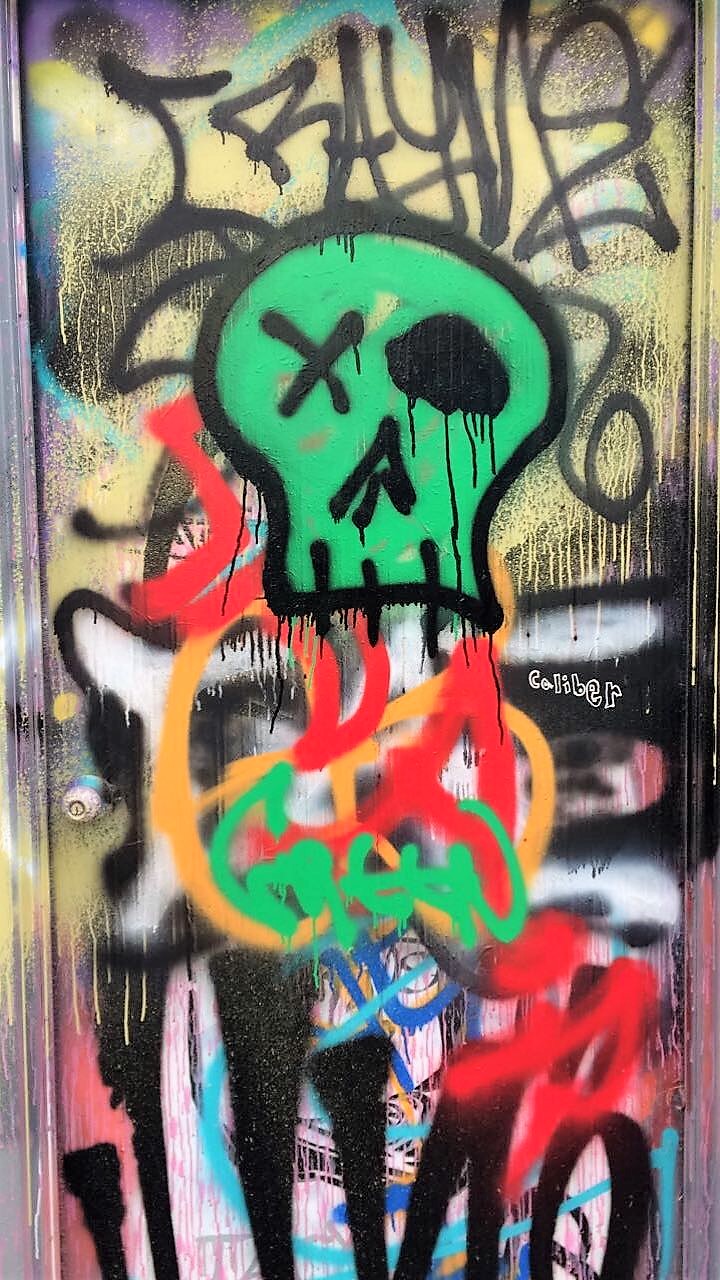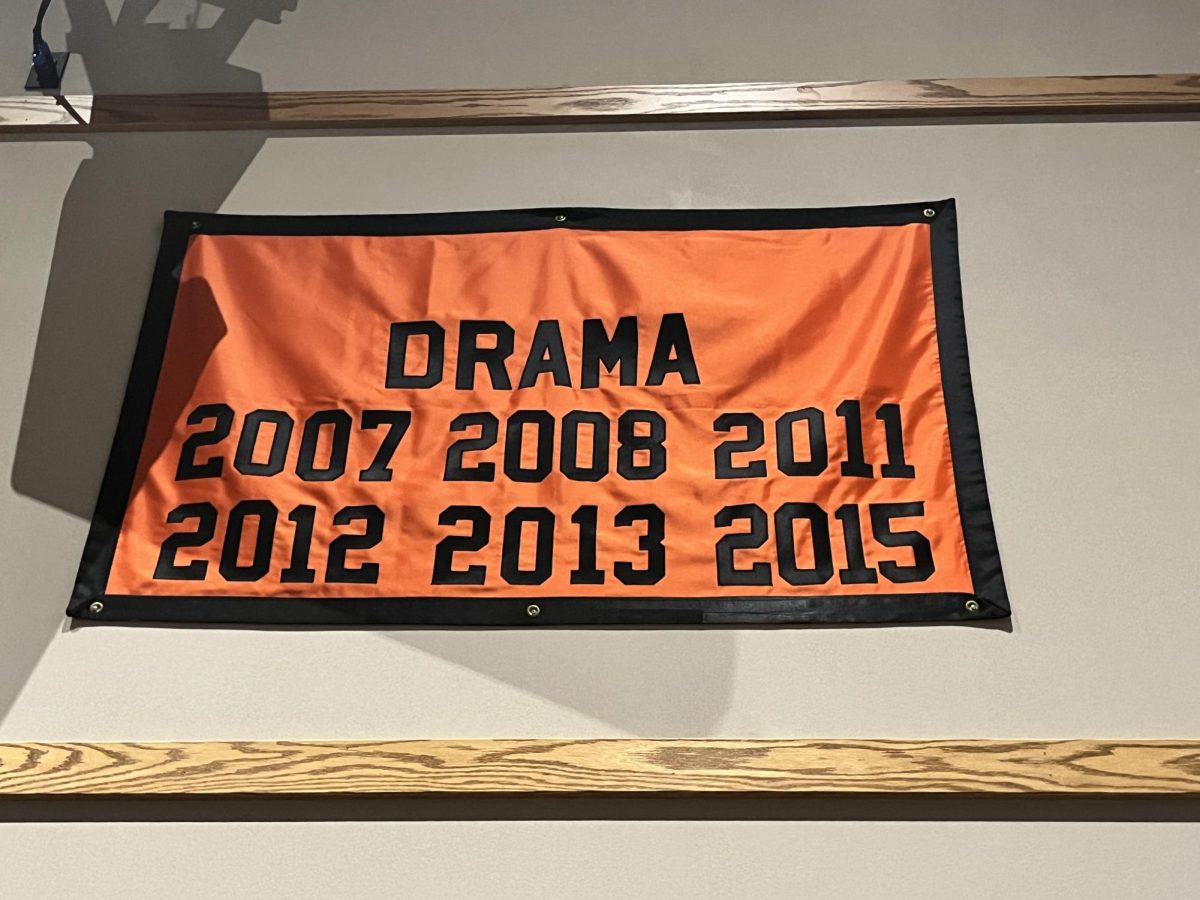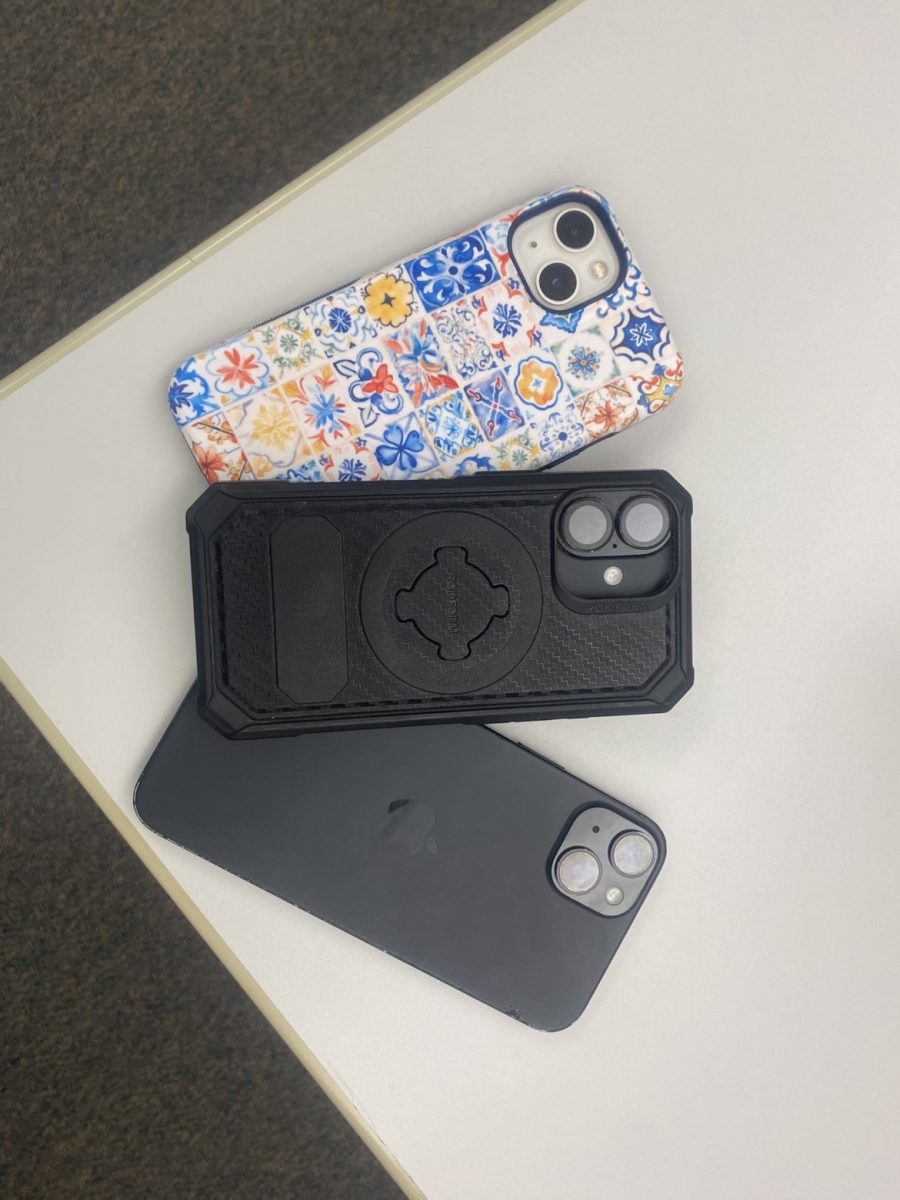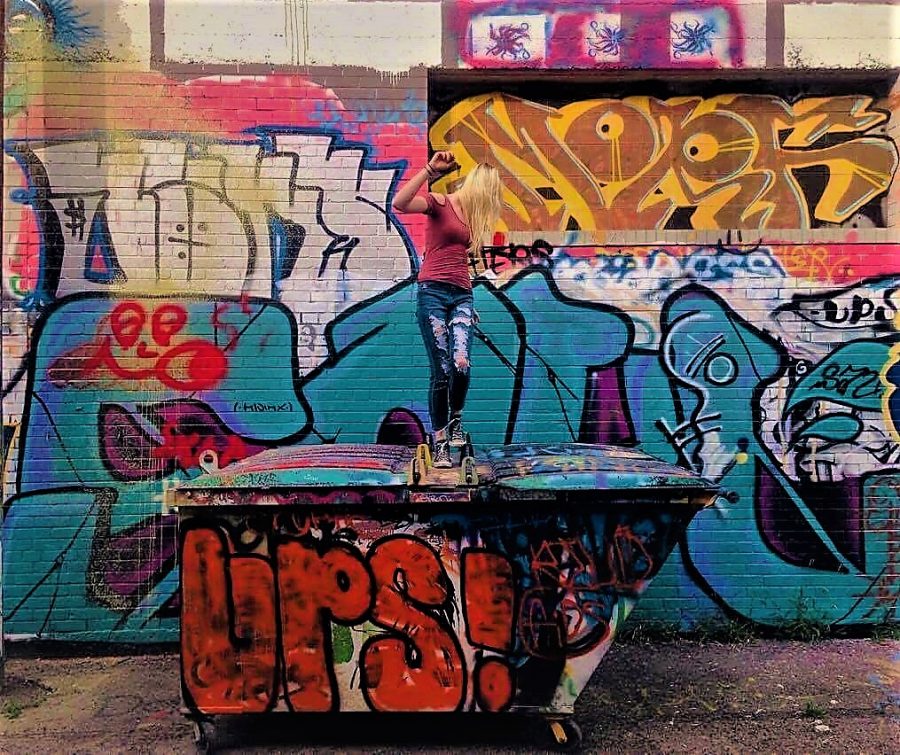ART or VANDALISM?
Prowl writer argues that graffiti is a legitimate form of art
Junior Hailey Carner has fun on top of a trash can in downtown Billings, Montana, graffiti alley-way.
Dating back thousands of years, graffiti was created prior to written language and the first drawings carved on walls appeared in caves. “Cueva de las Manos” (The Cave of Hands), located in Santa Cruz, Argentina, provides a glimpse into the past of the first form of graffiti. The paintings created date all the way back to 13000 to 9000 BCE, according to thevintagenews.com. Another early form of graffiti was found in The Hagia Sophia in Istanbul, Turkey. A Viking mercenary was the author of the controversial form of art containing a sentence meaning “Halvdan was here.”
In spite of the style of urban graffiti most people are familiar with, the first ones appeared in Philadelphia in the early 1960s and by the late 1960s, it had reached New York and was fixated on subway trains and freight cars.
During the early ‘70s, the writer TAKI 183 (short for his Greek name, Demetraki, and 183 was the street he lived on) took it upon himself to cover much of New York with his stylized tag. Wherever in the city, he would write his name at subway stations using a marker and soon enough he became known all throughout the city. From that point on, graffiti erupted on trains.
Later on, using spray cans of paint instantaneously became incredibly popular.
These days, any passerby in a cityscape area will recognize the colorful, provocative, illegal “eyesore” that is graffiti. Though many consider the spray-painted pieces a nuisance, it’s been gaining more attention and recognition from the art world as a legitimate art.
When people first think of graffiti, they might imagine stylized tags, an abstract writing of a person’s name. While tags are the most popular forms, graffiti, art is truly so much more than that. It can be used to spread a message of diversity, political opinions or even a humorous masterpiece.

Tags are simple. But larger pieces require actual planning and imagination, with a perfect blend of artistic elements like color and composition definitely should be considered an aesthetic form of art. It’s technique and style all of its own.
Graffiti should not be disregarded as an art due to its location and legality. The aspect in which graffiti art is executed is the only obstacle it faces in being considered an art form.
Like most artistic forms, graffiti has experienced movements or changes in style. From the first tag doodled on a subway train to the large, complex murals on the side of buildings or on billboards, the movement has experienced change. The tools and means have changed just as much.
Markers were traded in for spray paint, and stencils and stickers were introduced to make creations easier to execute in a hurry.
The messages have also evolved. Graffiti has always been particularly political, but it definitely has come a long way from simply sketching one’s name to parodying world leader to make an informal statement.
This is simply proof that graffiti is not only a result of random acts of vandalism but is truly a form of art.






























Brandon Preator • Feb 14, 2019 at 10:42 am
I agree that graffiti is art. I believe it can be amazing. As long as it is NOT on someone’s property who doesn’t want it there. A wall shouldn’t be an open invitation to tag just because you’re good at graffiti art. If owners are okay with it, then I think it’s fine. Maybe cities should just build walls in random places for graffiti artists to paint. Give them a canvas to work with. Eh?